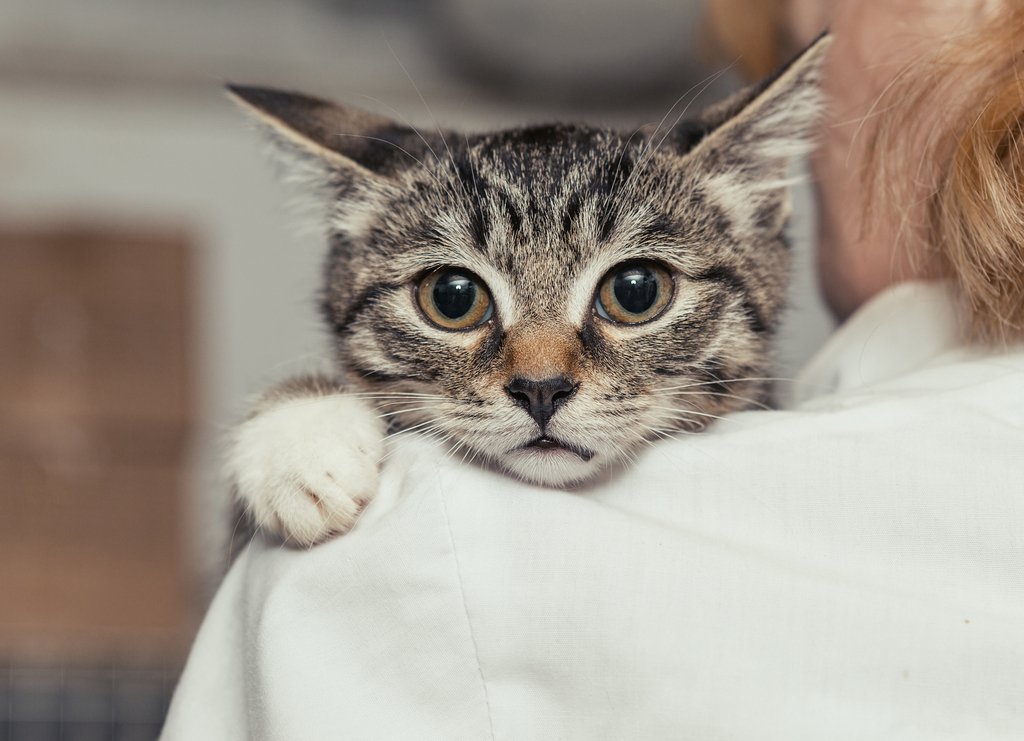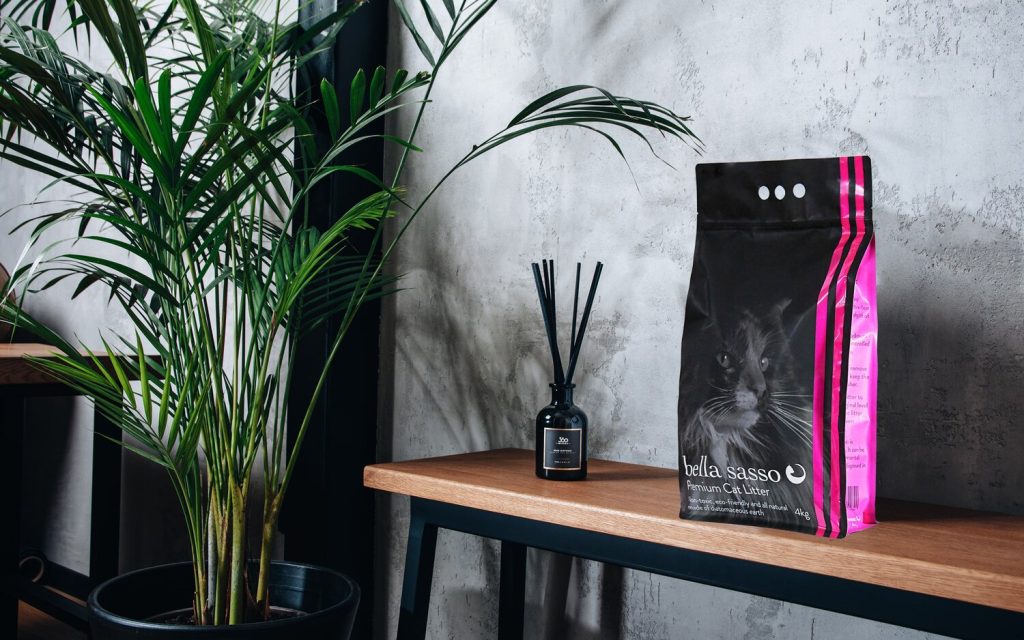Cats are naturally clean animals that seem to have an innate understanding of how a litter box works. However, you’ll occasionally come across a kitten that missed the memo and just can’t figure out how to make use of an indoor bathroom facility. If you have one of these kittens or are concerned about potty training a future kitten, we’ve compiled some tips to help you out.

Training a new kitten
Kittens will begin to cover their waste at about 4 weeks of age. This seems to be a natural instinct and doesn’t necessarily require the mother cat to be around to teach it.
When you first bring a new kitten into your home, it’s important to show it where the litter box is and what it’s for. Try putting the kitten in the litter and let them find their way out of it a few times. You can also scratch their paws through it a couple of times so they understand that it’s deep and friable.
Kittens that were born outside—as the offspring or barn cats or strays—may struggle to understand the purpose of a litterbox. The best strategy for these kittens is to keep them contained in a room with the litterbox, especially during times of the day when they’re likely to poop. Early mornings or just after breakfast seem to be most common.
With a little bit of patience and determination, the kitten will eventually come to understand the purpose of the litterbox and hopefully make a habit out of using it.
Setting up a litter box
There are many different litter box designs available, with various pros and cons that ultimately come down to individual preference. As long as the cat get into it easily and has a good 5-6 inches of litter in the bottom, it should be perfectly fine.
The litter box should be placed in a room that’s convenient for the cat to enter and ideally in a low traffic part of the house. Choosing a tiled area that’s easily able to be cleaned—such as a laundry or bathroom—will make the inevitable accident easier to deal with.
If you own more than one cat, you might need to add additional litter trays. Some cats even like to use one box for urine and the other for feces. Ensure the boxes are kept clean as many cats will refuse to use them if they’re too dirty. Remember that cats have much stronger noses than humans.
Choosing a cat litter
There are many different types of cat litter on the market today. It can be made from sand, clay, crystals, paper, corn and loads of other materials, each with their own advantages and disadvantages. Litter made from crystals, for example, usually has extremely good odour retention but is vastly more expensive than litter made from paper or sand.
Clumping clay and diatomaceous earth are two excellent “middle of the road” options, providing great odour retention while still being fairly economical.

A diatomaceous earth product called “Bella Sasso” is our personal favourite, and as such is the only cat litter we choose to stock here at Pet Village. It’s lightweight, excellent at absorbing smells, and virtually dust free.
Litter training your cat or kitten doesn’t have to be a stressful. With a little time and patience spent getting to know your kitten’s preferences and habits, they’ll be tidy and reliable litter box users in no time.
